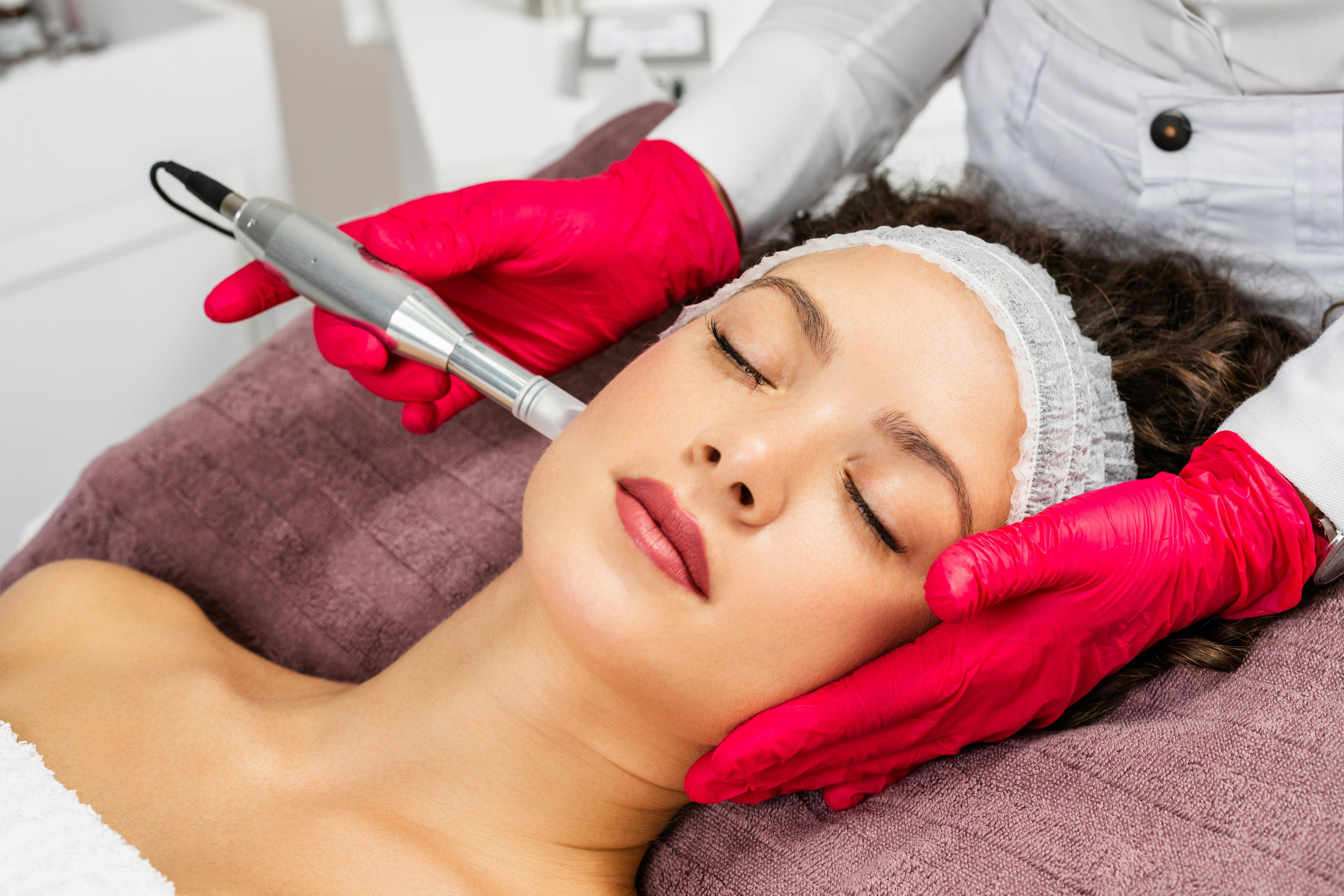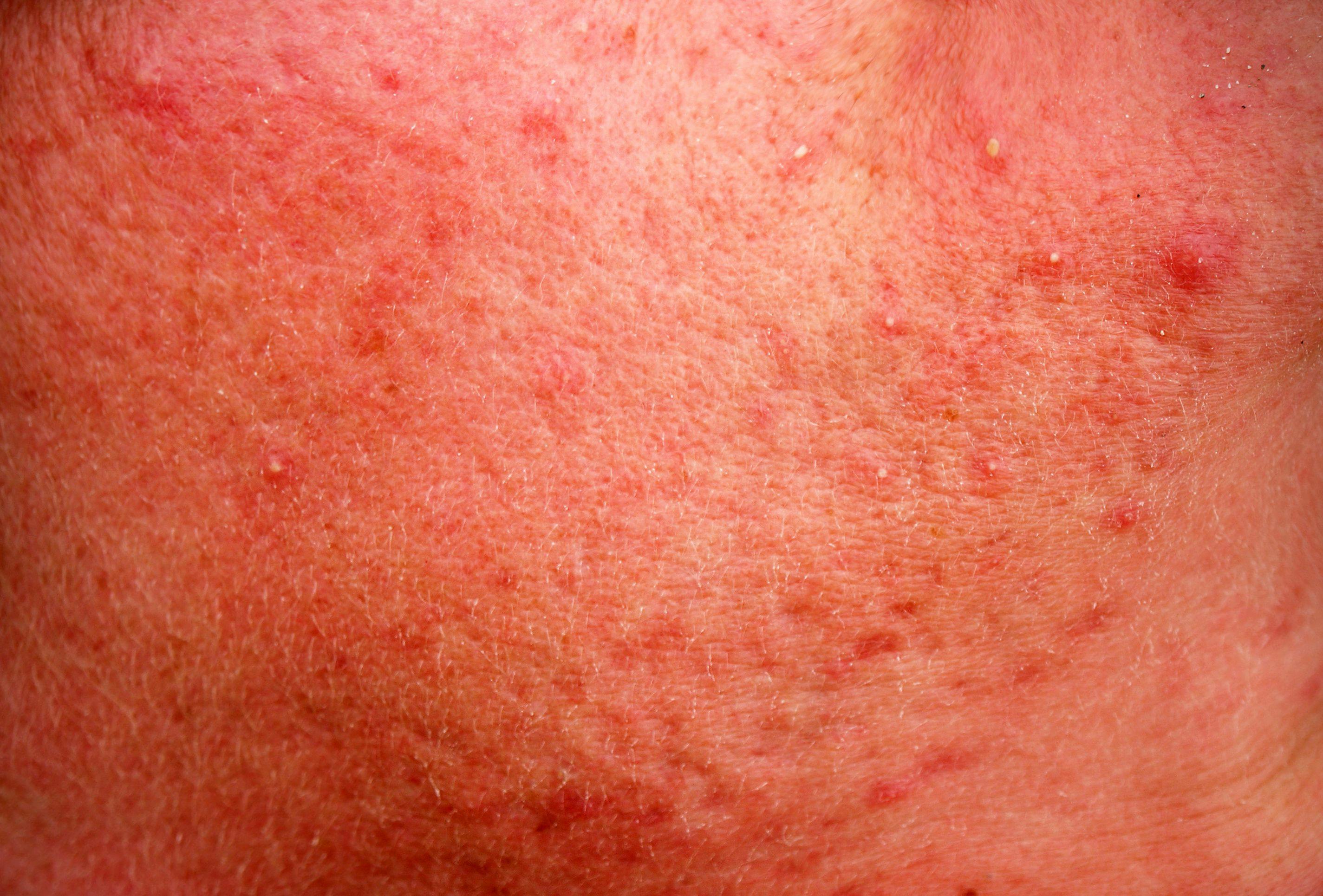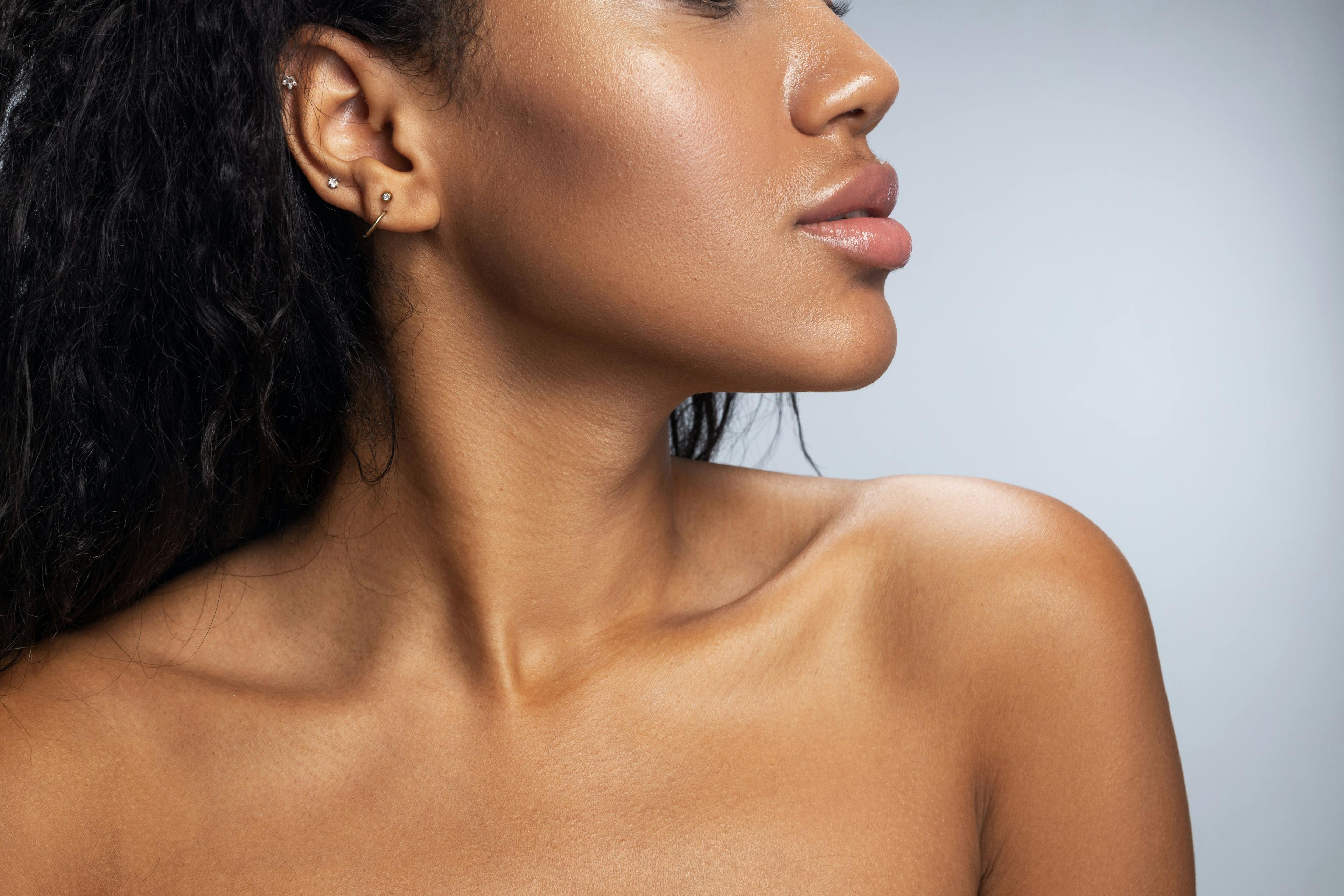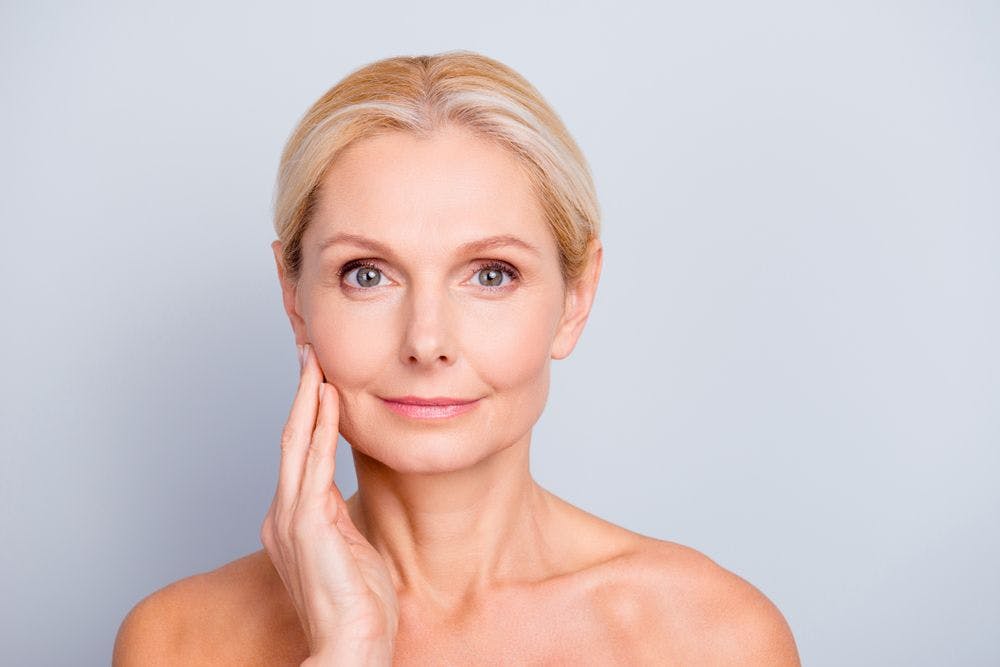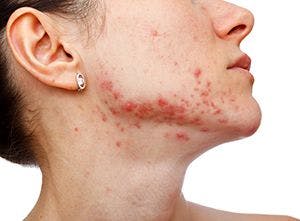- Acne
- Actinic Keratosis
- Aesthetics
- Alopecia
- Atopic Dermatitis
- Buy-and-Bill
- COVID-19
- Case-Based Roundtable
- Chronic Hand Eczema
- Chronic Spontaneous Urticaria
- Drug Watch
- Eczema
- General Dermatology
- Hidradenitis Suppurativa
- Melasma
- NP and PA
- Pediatric Dermatology
- Pigmentary Disorders
- Practice Management
- Precision Medicine and Biologics
- Prurigo Nodularis
- Psoriasis
- Psoriatic Arthritis
- Rare Disease
- Rosacea
- Skin Cancer
- Vitiligo
- Wound Care
Publication
Article
Dermatology Times
The retinoid revolution
Author(s):
Zoe Diana Draelos, M.D., shares why retinoids can be found in many anti-aging formulations and how to reduce irritation from this potent antioxidant.
Q: What are carotenoids and how are they related to Vitamin A?
Carotenoids encompass several substances including beta-carotene, zeaxanthin, lutein, and lycopene, all of which are finding their way into skin nutritional supplements. Vitamin A is only found in those carotenoids that can be converted to retinol, which is essential for vision, gene transcription, and immune function. Retinol can modulate retinoid receptors in the skin, making it the most effective of the OTC topical vitamin A derivatives. Other derivatives, such as the commonly used retinyl palmitate, are not directly capable of binding with skin retinoid receptors; however, they can function as antioxidant preservatives by preventing oxidation of lipids present in moisturizer formulations.
Zoe Diana Draelos, M.D.

Zeaxanthin and lutein are isomeric with one another but are not forms of vitamin A. Lutein is a major antioxidant in the macula lutea of the eye with decreasing levels leading to macular degeneration, a major cause of blindness. Lutein absorbs blue light and appears yellow in low concentration and orange-red in high concentration, but it is not used in skincare because it discolors formulations.
Lycopene is also not a vitamin A as it is not a source of retinol. It is a very important oral antioxidant, found in tomatoes, ketchup and watermelon, but it is finding its way into some skincare formulations. It, too, is a pigmented molecule, which makes formulation difficult.
While zeaxanthin, lutein, and lycopene are not able to topically modulate cutaneous retinoid receptors, they are important dietary skin antioxidants. These ingredients are frequently found in skin vitamins, but it is not necessary to purchase an expensive supplement. One tablespoon of ketchup or a fresh tomato each day will provide all the zeaxanthin, lutein, and lycopene necessary for skin health!
Q: Why is there so much interest in Vitamin A in skincare products?
There is great interest in topical vitamin A because of the appearance successes seen with prescription tretinoin. Tretinoin is the only prescription product demonstrated to reduce facial fine lines and wrinkling. Retinol, the vitamin form, is converted in minute quantities to tretinoin in the dermis; thus, an OTC ingredient might be able to mimic the effects of prescription tretinoin. This is why retinol is found in many anti-aging formulations.
Retinol is a relatively inexpensive ingredient with great manufacturing challenges. It is a potent antioxidant best produced in an oxygen-free environment and packaged to minimize oxygen exposure. Other antioxidants are added to retinol formulations to assist in stabilization. Unfortunately, retinol possesses some skin irritation issues, although to a lesser degree than tretinoin. Retinol remains the most effective anti-aging ingredient in cosmeceuticals.
Q: How can retinoid irritation be minimized?
Irritation is clearly the most challenging patient issue with retinol and tretinoin. Efficacy can be had, but patients find getting there sometimes impossible. Before beginning retinoid anti-aging treatment, it is important to optimize the skin barrier. Be sure all dermatologic disease, such as seborrheic dermatitis, rosacea, or acne, is treated. Switch the patient to a mild facial cleanser (CeraVe or Cetaphil Gentle Cleanser) for use morning and evening. Remove all facial exfoliants, toners, and scrubs from the patient’s cleansing routine. Use a good moisturizer as the only skincare product morning and evening (CeraVe or Cetaphil Cream). Any colored cosmetic desired can be worn, but only a gentle cleanser and cream moisturizer can be used. Continue this skincare regimen for two weeks.
After the two-week basic skincare washout period, begin with the lowest strength retinoid applied every evening to a clean washed face. Be sure the face is allowed to completely dry at least 20 minutes. Apply a pea sized amount of the retinoid with one dab to the forehead, nose, right cheek, left cheek and chin. Spread until a thin layer is achieved avoiding the moist areas of the face, such as eyes and lips. Be careful not to apply to the corners of the mouth and nose. Immediately after the retinoid is spread, apply a generous amount of cream moisturizer in the same manner as frosting a cake. Use each strength of retinoid for four weeks prior to increasing the dose.
If too much irritation occurs, it is possible to miss a dose, but the more doses that are missed, the more challenging the retinization process will become. Not all patients will be able to use the strongest dose. When irritation arises, it may be best to leave the patient at the most tolerable dose without the risk of increase.
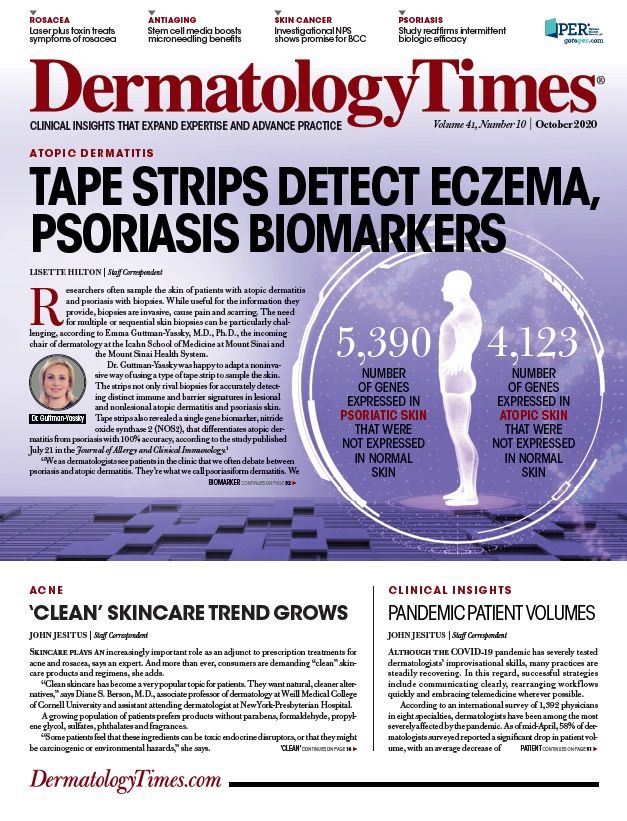
Newsletter
Like what you’re reading? Subscribe to Dermatology Times for weekly updates on therapies, innovations, and real-world practice tips.

